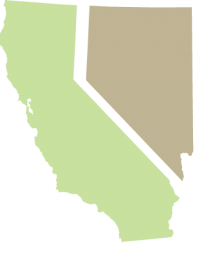CNAP researchers recently released reports on the integration of climate science into planning. The first major effort was the California Fourth Climate Change Assessment and the second was the AB2800 Climate Safe Infrastructure Report.
California Fourth Climate Assessment
CNAP researchers had 5 major reports in the CA Fourth Climate Assessment. They are listed below.
CNAP researchers David Pierce and Dan Cayan developed downscaled data for California that includes temperature, precipitation, humidity, wind, solar radiation, and hydrologic variables such as snow-pack, run-off, evapotranspiration, and soil moisture. Sam Iacobellis, Dan Cayan, and Julie Kalansky developed hourly sea level projections for 9 locations along the California coast.
Full Report
Leroy Westerling developed new wildfire projections for California.
Full Report
The Fourth Assessment included regional reports that discussed climate change at the regional scale and the impacts on multiple sectors, such as water, energy, agriculture, transportation, amongst others. The reports also included highlights of climate adaptations that are on-going or planned in the different regions. CNAP researchers lead to 3 of the 9 regional reports that were part of the CA 4th Climate Change Assessment.
San Diego report was lead by Julie Kalansky and Dan Cayan
San Joaquin Valley lead by Leroy Westerling
Sierra Nevada Region lead by Mike Dettinger
AB 2800 “Paying it Forward”- Climate Safe Infrastructure
The Climate Safe Infrastructure Working Group completed their report which outlines a pathway to climate resilient infrastructure in California. The report was lead by CNAP researcher Susi Moser and colleague Juliette Finzi Hart (USGS). CNAP PI, Dan Cayan was part of the working group.
Executive Summary or Full Report

